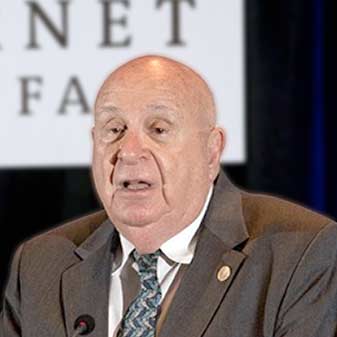Farber is UD’s second Community Cluster. It is a distributed-memory, Linux cluster consisting of 190 compute nodes (3,800 cores, 14.9 TB memory). An FDR InfiniBand network fabric supports the Lustre filesystem (approx 256 TB of usable space). Gigabit and 10-Gigabit Ethernet networks provide access to additional filesystems and the campus network. The cluster was purchased with a proposed 4 year life, putting the end of its warranty in the July 2018 to September 2018 time period.
This cluster is currently unavailable for purchase
Please see the Farber End-of-Life Plan and Polices document for complete details.

Provided Infrastructure
| Basic details |
|
|---|---|
| Network |
|
| Storage |
|
| Login nodes |
|
Stakeholder Purchases
| Feature | Description |
|---|---|
| Standard architecture |
|
| Memory upgrade | upgrade RAM to 128 or 256 GB |
| Coprocessors | Intel Phi 5110P or nVidia Tesla K40X coprocessors |
| Other options | additional storage above the default workgroup storage allocation can be purchased |

